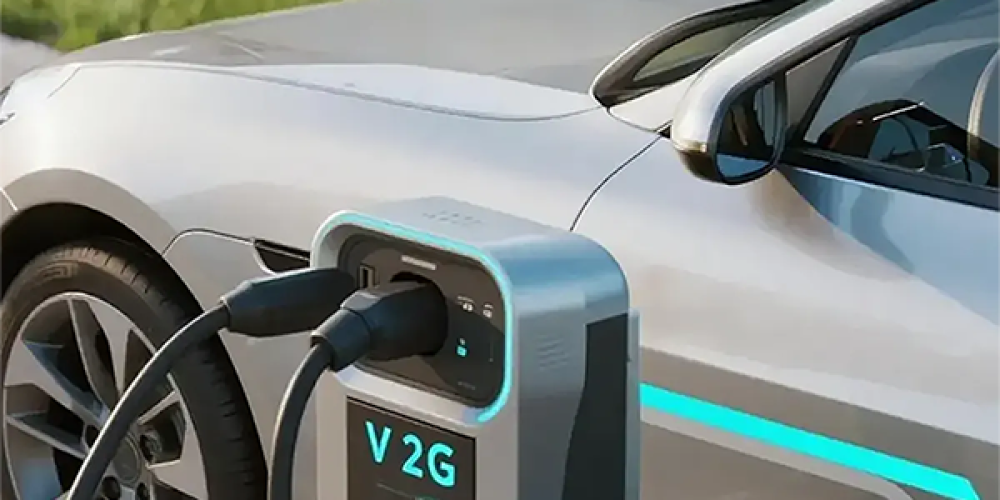
how V2G turns EV into smart energy assets that can store, share, and stabilize power.
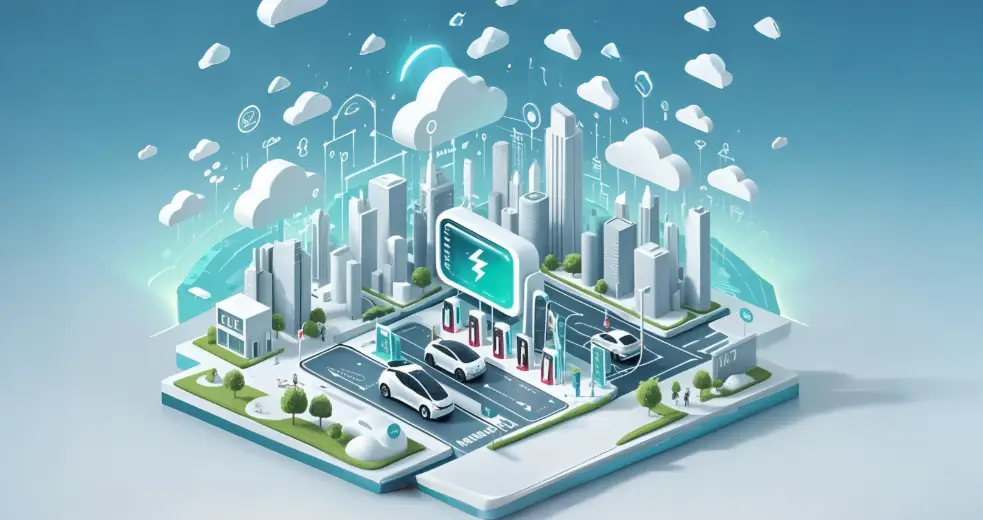
Vehicle-to-Grid, or V2G, is a technology set to transform our entire energy system. Let’s see how…
We know electric vehicles are making a significant contribution to climate change mitigation by replacing gasoline-powered cars. That said, as more people are adopting electric vehicles, so is the unprecedented demand on the electrical grids.
In fact, according to the Stateline Org, to cover 100 miles, EV approximately uses the same amount of electricity it takes to power a typical U.S. home for a day. Thereby, as adoption surges, so does the strain.
But what if the solution to this problem was… well, already parked in your driveway? That’s precisely the idea behind V2G.
It’s a key component in our transition to a fully electric future.
Let’s get into it…
1. What is Vehicle-to-Grid (V2G) Technology?
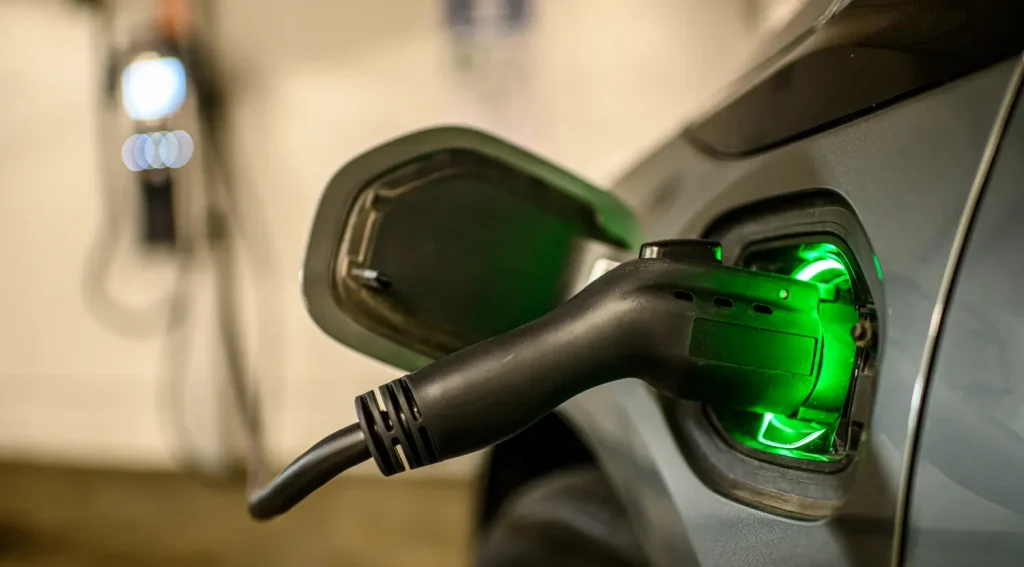
Vehicle-to-Grid, or V2G for short, is a technology that enables an electric vehicle to have a two-way relationship with the power grid. It not just pulls the electricity from the grid to charge. It has the ability to push electricity back to the grid when it’s needed most.
The average EV battery can store a lot of energy, enough to power a home for a day or more. With millions of EVs on the road, that’s a massive, untapped reservoir of power.
This entire concept hinges on three things working together:
- A V2G-capable EV (the car itself must be designed for it).
- A bidirectional charger (the hardware that can handle two-way power flow).
- A smart communication link between the car, the charger, and the utility (the “brain” that coordinates everything).
2. How Does V2G Actually Work?
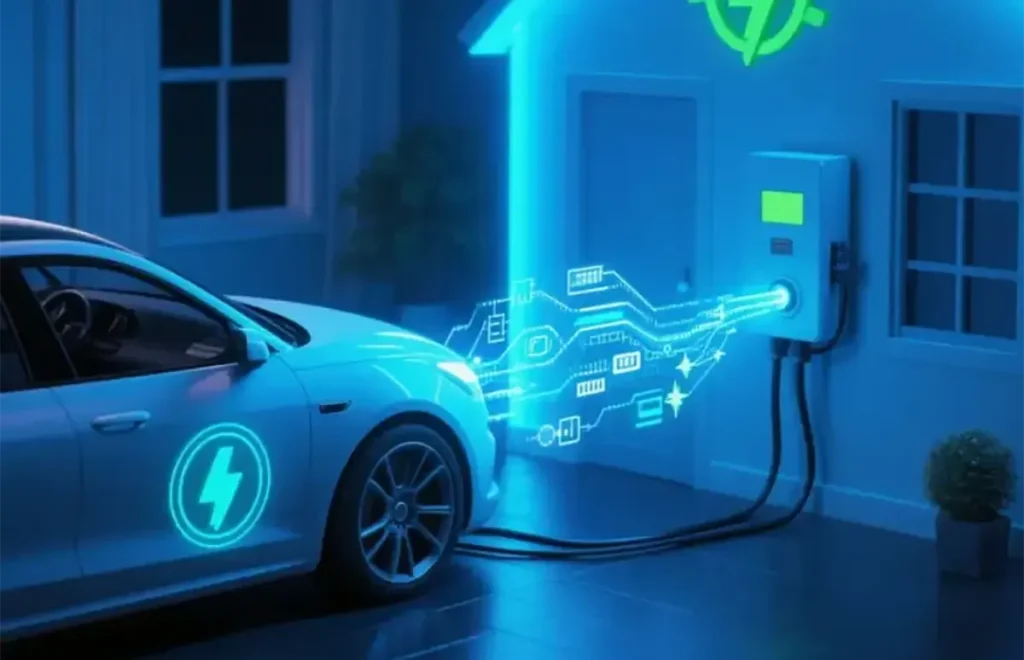
This is not a random free-for-all. The process is highly controlled, and it generally follows a simple logic: “charge low, discharge high.”
- Phase 1: Smart Charging (V1G): First, your car typically charges during off-peak hours. Your utility or a charging app might “smart charge” your EV, waiting until 2 AM when electricity demand is low and prices are cheap. This one-way, controlled charging is sometimes called V1G.
- Phase 2: The Grid Signal: Then, the grid experiences a “peak demand” event. Think 6 PM on a hot summer day. Everyone’s home, air conditioners are on full blast, and the grid is straining. The utility sends a signal asking V2G-connected cars for support.
- Phase 3: Discharging (The V2G Part): Your bidirectional charger reverses flow. It converts your car’s DC battery power back into AC power and feeds a small, controlled amount back to the grid for, say, an hour. This helps stabilize the grid and prevent blackouts.
And, of course, you have the final say. You’d use an app to set your preferences. For example: “I need my car fully charged by 7 AM” or “Never discharge my battery below 60%.” The system only uses your excess energy, thereby ensuring you always have the range you need.
3. Why V2G Is a Game-Changer for Our Energy Future
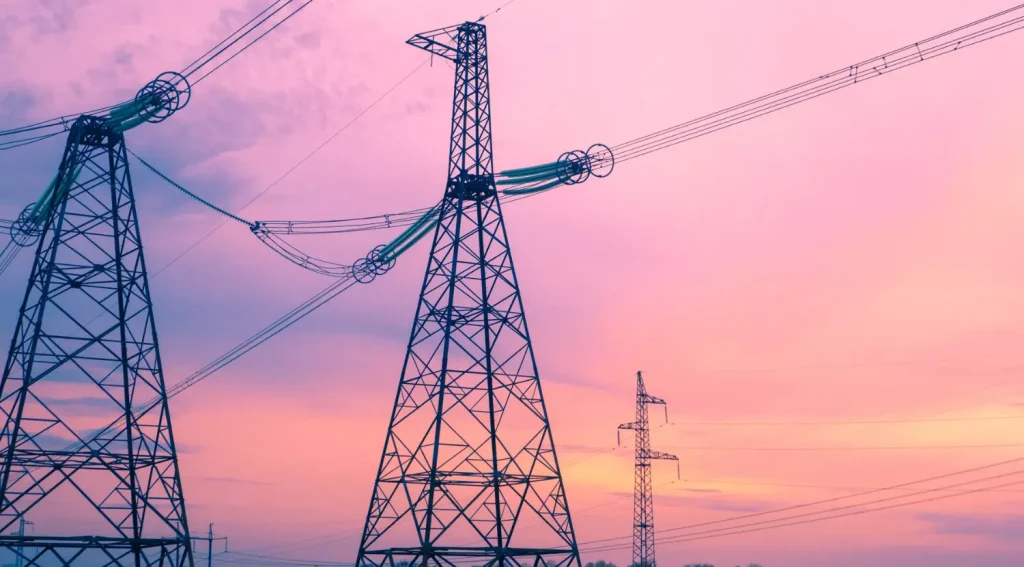
This all sounds clever, but why is it so important?
- The Problem of Peaks and Valleys: Our grid is built to handle the absolute highest point of demand (that 6 PM peak), even if that peak only lasts for a few hours a day. Building power plants just for those few hours is incredibly expensive and inefficient.
- The EV “Load” Problem: On top of that, as we discussed, millions of EVs all charging at 6 PM would be a disaster for that peak. It would be like adding a new city’s worth of demand, forcing us to build more “peaker plants”—which are often the dirtiest (like natural gas or coal).
V2G flips this entire problem on its head.
- Peak Shaving: Instead of being part of the 6 PM problem, the EVs become the solution. They discharge to “shave” that peak off, reducing strain and preventing blackouts.
- The Renewable Energy Link (This is the big one): Here’s what we’d argue is the most critical part: V2G solves the “intermittency” of renewables. Solar power is abundant at noon (when demand is often low), and wind power is often strongest at night. V2G allows millions of EVs to act as a giant, distributed battery. They can “soak up” all that excess, cheap solar power at noon, then feed that clean energy back to the grid at 6 PM when the sun is down. Hence, V2G makes renewables far more practical and economical, helping us replace fossil fuels faster.
4. The Practical Advantages of V2G (For You and the Grid)
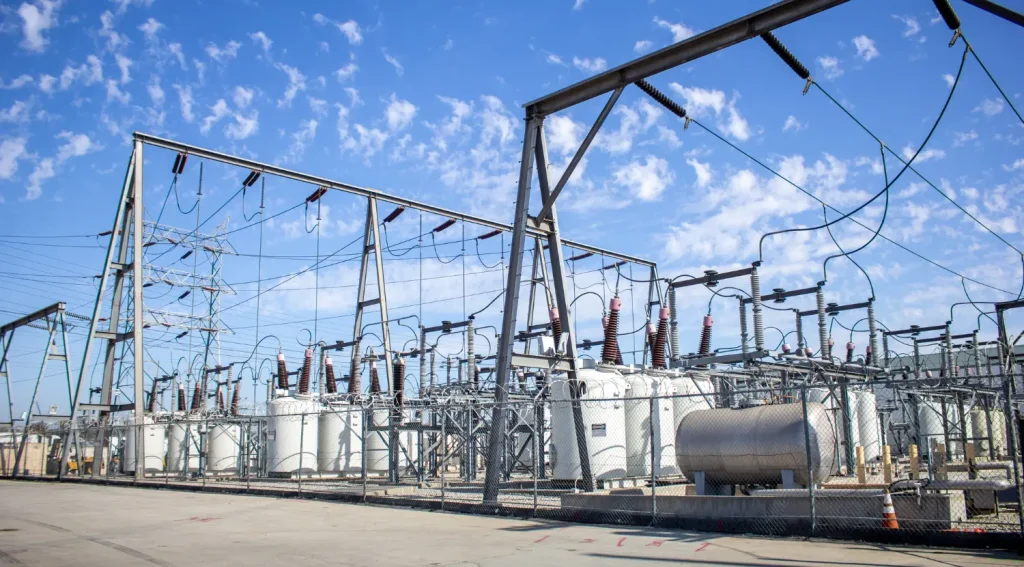
Here’s a quick summary of the direct benefits, which we’ll break down.
- Creates a new potential income stream for EV owners.
- Dramatically increases grid stability and resilience.
- Accelerates the adoption of renewable energy sources.
- Can lower overall energy costs for everyone.
4.1 A New Revenue Stream for EV Owners
Honestly, this is the benefit that gets most owners’ attention. Utilities and grid operators are actively developing programs to compensate EV owners for providing this “grid service.” We’re not talking about getting rich, perhaps, but the credits earned could seriously offset your monthly charging costs, or even part of your car payment. It turns your car—an asset that usually just sits in the driveway 95% of the time—into an active, productive part of your home’s finances.
4.2 Enhancing Grid Stability and Resilience
We’ve talked about peak shaving, but let’s talk resilience. When the grid is stressed (think heatwaves, cold snaps, or equipment failure), V2G provides an instant, distributed buffer that can prevent widespread blackouts. On top of that, there’s the related concept of V2H (Vehicle-to-Home). In the event of a power outage, your V2G-capable EV could power your entire house for days. It becomes your personal backup generator, but, you know, one that’s silent and does not run on gasoline. That’s real peace of mind.
4.3 Accelerating the Clean Energy Transition
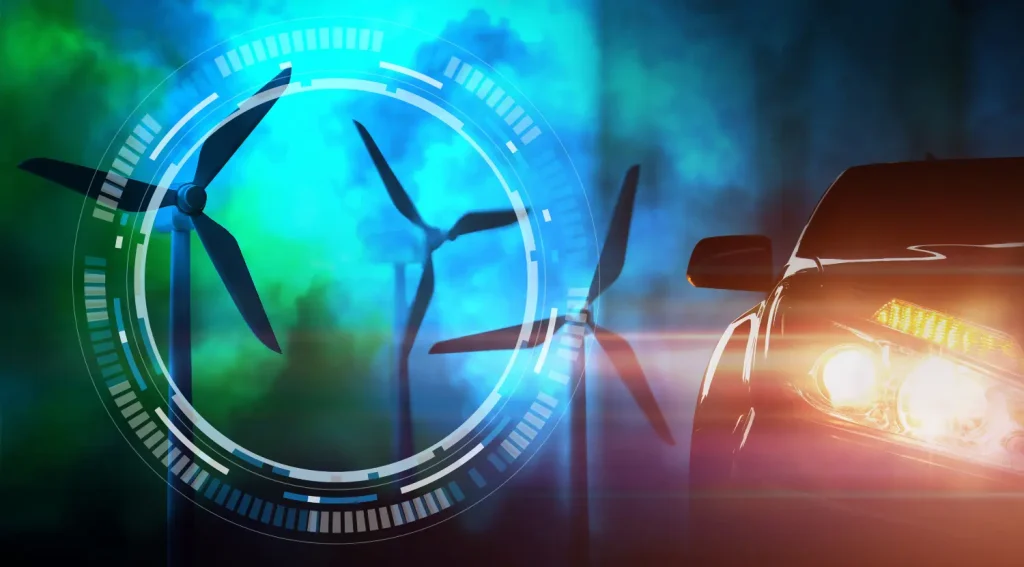
This point is well worth repeating. The biggest hurdle for a 100% renewable grid is storage. Building massive, grid-scale batteries is extremely expensive. But with V2G, we’re using an asset that’s already been purchased: the car battery. This massive, decentralized storage network (all the EVs plugged in) can absorb cheap solar and wind power when it’s abundant and deploy it when it’s needed. This makes renewables more practical and economical, full stop.
4.4 The Hurdles: What’s Stopping V2G Today?
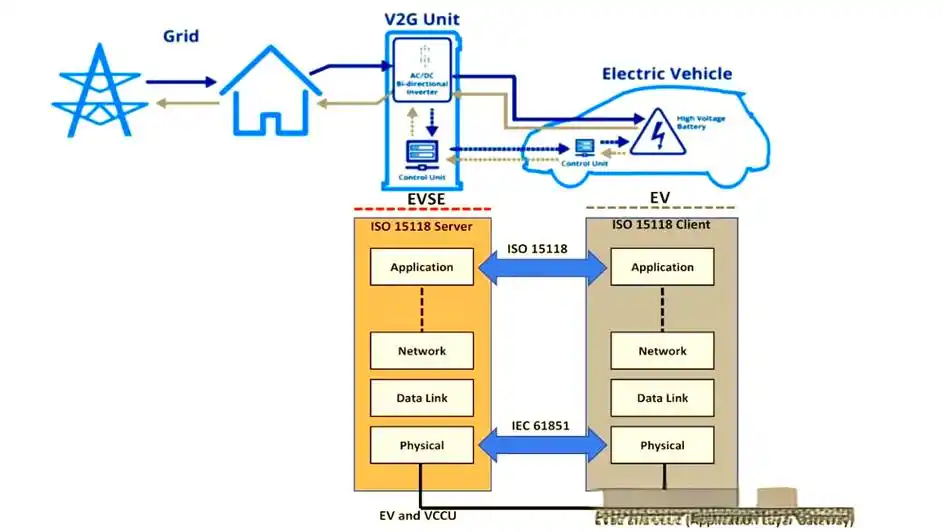
So, why are we not all doing this? Well, V2G is still in its early days, and there are significant obstacles to overcome.
- Battery Degradation Concerns: This is the big one for consumers. Does all this extra charging and discharging wear out the battery faster? (We’ll tackle this in the FAQ).
- Hardware & Standardization: Bidirectional chargers are, for now, more expensive than standard chargers. Period. Plus, the industry is still settling on standards. The Nissan LEAF has used a standard called CHAdeMO for years, which natively supported V2G. However, the rest of the industry (in North America and Europe) has moved to CCS, which is only just starting to finalize its V2G protocols through a standard called ISO 15118.
- The “Market” and Regulations: How do you actually pay people? The utility regulations and market structures for this are, in most places, still being written. It’s a complex administrative puzzle to figure out how to compensate thousands of individual car owners for tiny bits of power.
5. Your V2G Questions, Answered

5.1 Does V2G affect car battery life?
This is the elephant in the room. The short answer is: yes, technically, any battery cycle (a charge and discharge) causes a tiny amount of degradation. However, smart V2G systems are designed to minimize this. They don’t drain your battery from 100% to 0%. Instead, they use small, shallow “micro-cycles” (e.g., discharging only 10-15%) and operate within the battery’s “sweet spot” (e.g., between 60-80% state of charge), which causes minimal stress. We’d argue that for most users, the financial benefit from V2G will likely far outweigh the minimal, managed impact on battery longevity. Plus, battery technology is only getting better.
5.2 What is V1G and V2G?
It’s a simple distinction. V1G (or “Smart Charging”) is a one-way street. The grid or your app intelligently controls when your car charges (e.g., waiting for off-peak rates to save you money). V2G (Vehicle-to-Grid) is a two-way street. Your car can both take power (charge) and give power back (discharge). V1G just manages demand; V2G manages demand and provides supply.
5.3 Are all EVs compatible with V2G?
No, definitely not. As of today, very few models are fully V2G-capable. The Nissan LEAF has been the leader for a while (using CHAdeMO). That said, the hardware is coming. Many new EVs, like the Ford F-150 Lightning (with Intelligent Backup Power) and models from Hyundai (Ioniq 5/6) and Kia (EV6/EV9), are already equipped with bidirectional hardware for V2L (Vehicle-to-Load) or V2H (Vehicle-to-Home). The final piece of the puzzle is the software and utility integration to enable full V2G, which is now arriving with the new CCS standards. Expect this to become a major selling point in the coming years.
6. In Closing

Vehicle-to-Grid is not some far-off-in-the-future concept; it’s happening right now, albeit in pilot programs. The transition requires a serious alignment of technology (cheaper chargers, standard protocols), utility regulations, and, honestly, consumer trust.
That said, the potential is undeniable. V2G technology transforms the humble electric car from just a transportation tool into an active, helpful, and even profitable component of our energy future.
It’s a key piece of the puzzle for building a cleaner, more resilient, and more intelligent power grid. And, that’s a future well worth investing in.
